10 Best Herbal Baths For Bee Sting

Herbal baths can be a soothing and effective remedy for relieving the discomfort caused by bee stings.
Herbs such as chamomile, lavender, and calendula are commonly used due to their anti-inflammatory and antiseptic properties. To prepare an herbal bath, steep a handful of dried herbs in hot water and then add the infused water to a warm bath, ensuring the water temperature is comfortable and not too hot. Soaking in the bath for 15 to 20 minutes can help reduce swelling, itching, and redness associated with bee stings.
This natural approach not only provides relief but also promotes relaxation and overall skin healing.
FREE Herb Drying Checklist
How to make sure every batch retains maximum flavor, color, and aroma without the risk of mold or over-drying. Eliminate guesswork and trial-and-error, making herb drying faster, easier, and more efficient every time.
Table of Contents
1. Calendula officinalis
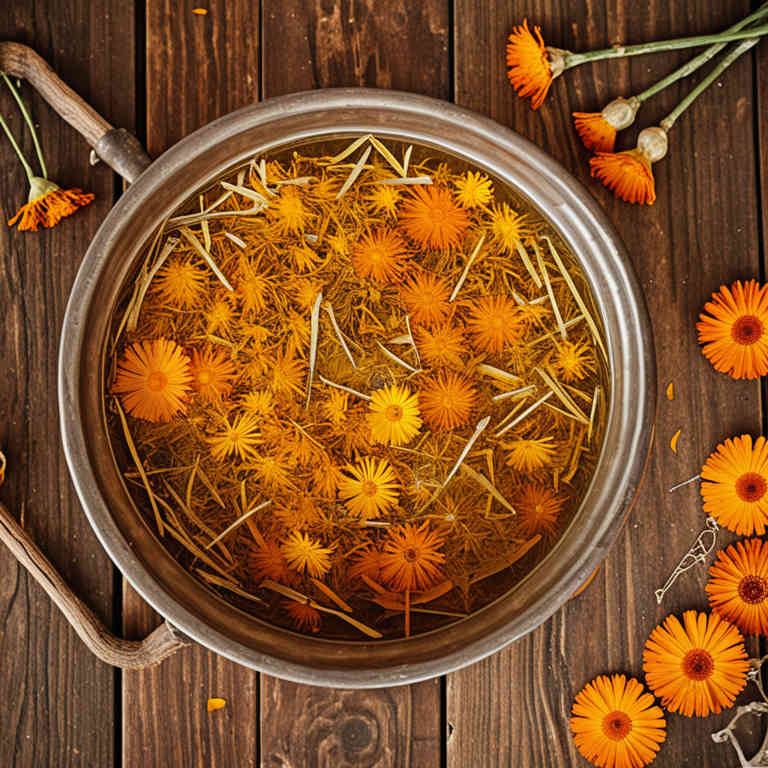
Calendula officinalis, commonly known as pot marigold, is a natural remedy often used in herbal baths to soothe the skin and reduce inflammation.
When used in a bath, calendula can help alleviate the irritation and redness caused by bee stings due to its anti-inflammatory and antimicrobial properties. To prepare a calendula bath, steep dried calendula flowers in hot water and then add the infusion to warm bath water. This gentle soaking allows the skin to absorb the beneficial compounds, promoting healing and relief.
Regular use of calendula-infused baths can provide a calming and therapeutic effect for those dealing with bee sting reactions.
2. Hypericum perforatum

Hypericum perforatum, commonly known as St. John's wort, has been traditionally used in herbal baths to alleviate the discomfort of bee stings.
The plant contains anti-inflammatory and analgesic compounds that can help reduce swelling, redness, and pain associated with bee stings. To prepare a herbal bath, dried Hypericum perforatum can be steeped in hot water and then used to soak the affected area or add to a warm bath. This natural remedy is believed to soothe the skin and promote healing by calming the inflammatory response.
However, it is important to consult with a healthcare provider before using St. John's wort, as it may interact with certain medications.
3. Urtica dioica

Urtica dioica, commonly known as stinging nettle, has been traditionally used in herbal baths to alleviate the discomfort of bee stings.
The leaves of this plant contain compounds that can help reduce inflammation and soothe irritated skin. To prepare a nettle bath, fresh or dried nettle leaves are steeped in hot water to create a potent infusion, which is then used to soak the affected area. The anti-inflammatory and antihistamine properties of nettle may help ease itching and swelling caused by bee stings.
However, it is important to ensure the skin is not sensitive to the plant, as some individuals may experience an allergic reaction.
4. Chamomilla recutita
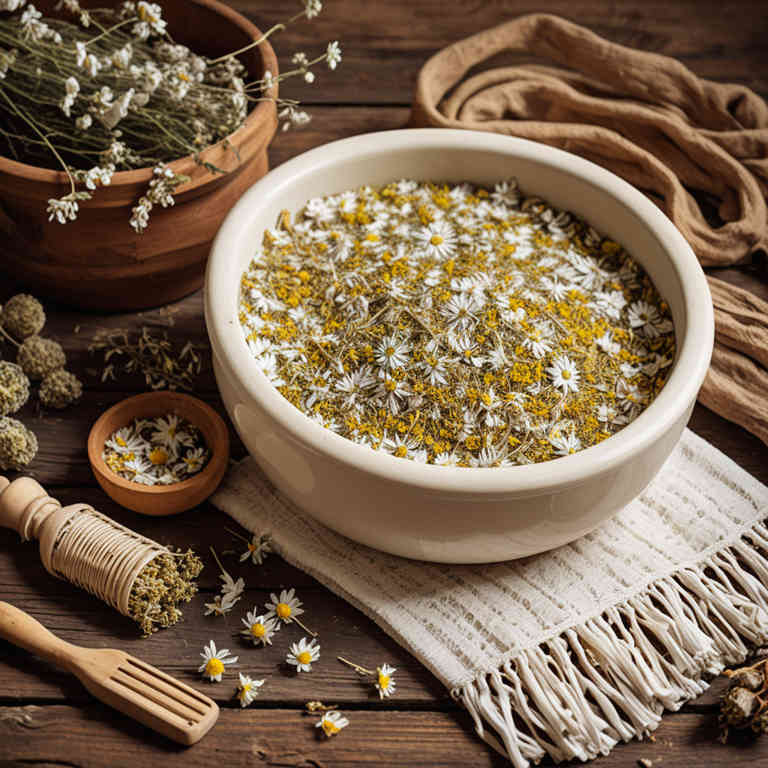
Chamomilla recutita, commonly known as German chamomile, has been traditionally used for its soothing and anti-inflammatory properties, making it a popular choice for herbal baths to alleviate the discomfort of bee stings.
When brewed into a soothing bath, chamomile can help reduce redness, swelling, and irritation caused by bee venom. The essential oils in chamomile, such as bisabolol and chamazulene, possess natural antihistamine and analgesic effects that may ease itching and pain. To prepare a chamomile bath, steep a handful of dried chamomile flowers in hot water for 10-15 minutes, then add the liquid to warm bath water.
This gentle, calming bath not only provides relief but also promotes relaxation, aiding in the overall recovery process after a bee sting.
5. Lavandula angustifolia

Lavandula angustifolia, commonly known as English lavender, is often used in herbal baths to alleviate the discomfort of bee stings due to its soothing and anti-inflammatory properties.
The essential oils in lavender, particularly linalool and lavandins, have natural analgesic and antiseptic effects that can help reduce swelling, redness, and itching associated with bee stings. To prepare a lavender bath, simply add a few drops of lavender essential oil or a handful of dried lavender flowers to warm water before soaking. This practice not only provides relief from the irritation but also promotes relaxation and a sense of calm.
However, it is important to ensure that the individual does not have an allergy to lavender before using it for this purpose.
6. Aloe barbadensis
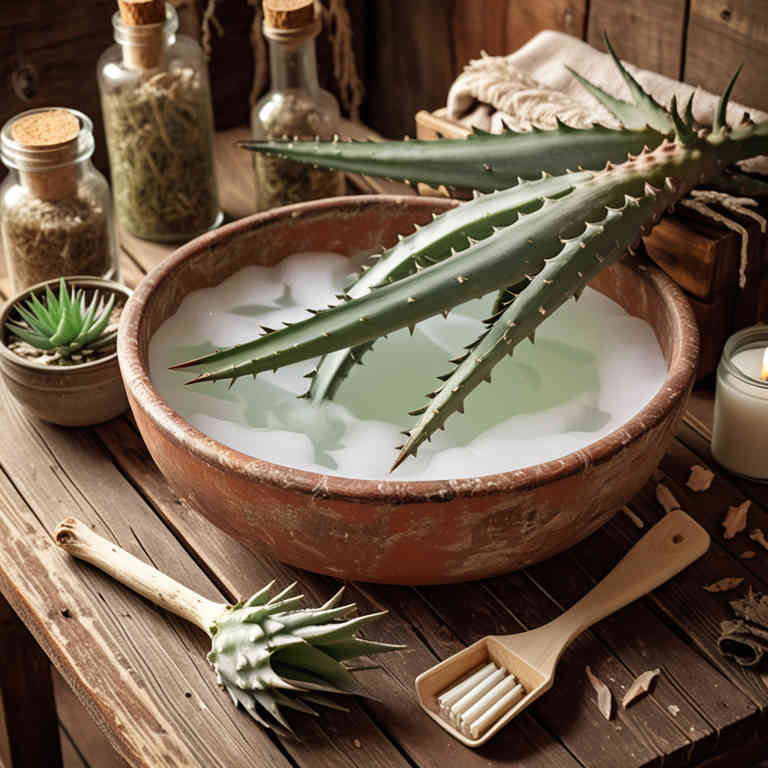
Aloe barbadensis, commonly known as aloe vera, is often used in herbal baths to alleviate the discomfort caused by bee stings due to its soothing and anti-inflammatory properties.
The gel extracted from the aloe plant contains compounds like polysaccharides and enzymes that help reduce redness, swelling, and itching associated with bee stings. When applied topically in a bath, aloe vera can provide a calming effect on the skin while promoting healing. It is important to dilute the aloe gel with water to avoid irritation, especially when using it in a bath setting.
While aloe vera can be a natural remedy for bee sting relief, it should not replace professional medical care for severe reactions.
7. Equisetum arvense

Equisetum arvense, commonly known as field horsetail, has been traditionally used in herbal baths for its potential soothing properties.
The plant contains high levels of silica and other compounds that may help reduce inflammation and promote healing. To use it for bee stings, one can prepare a herbal infusion by boiling the dried plant material and then adding it to warm water for a soothing bath. This practice is believed to alleviate pain and reduce swelling associated with bee stings.
While it is generally considered safe, it is advisable to consult a healthcare professional before using it, especially for those with allergies or sensitive skin.
8. Arnica montana
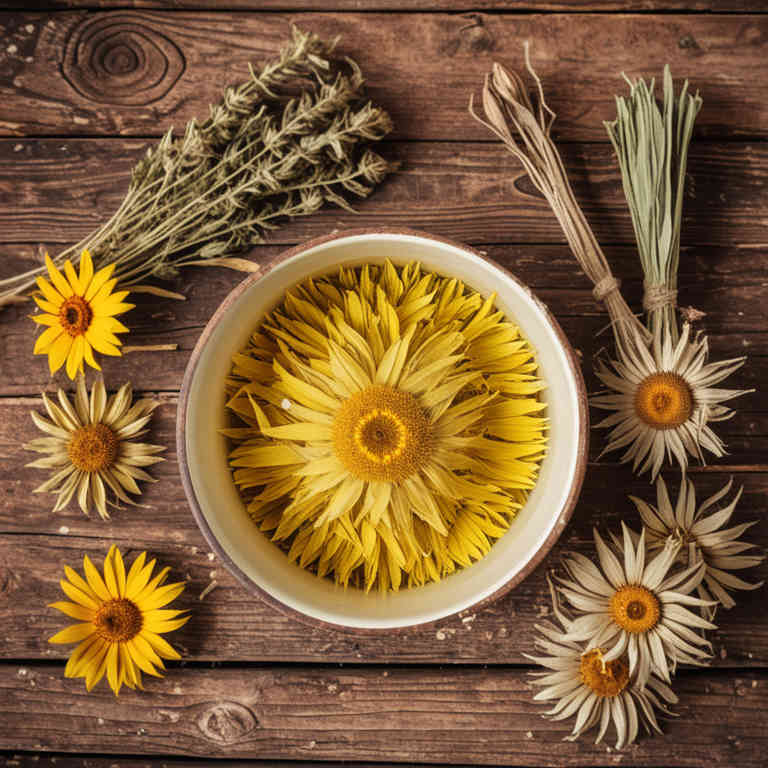
Arnica montana herbal baths are a traditional remedy used to alleviate the discomfort and inflammation associated with bee stings.
The plant, known for its anti-inflammatory and analgesic properties, can be infused into bath water to soothe irritated skin and reduce swelling. To prepare an arnica bath, a few drops of arnica essential oil or a handful of dried arnica herb can be added to warm water, creating a soothing soak. This method is particularly beneficial for those who prefer a natural approach to pain relief without harsh chemicals.
However, it is important to use arnica cautiously, as it can cause skin irritation in some individuals, and it should not be used on open wounds or ingested.
9. Plantago major
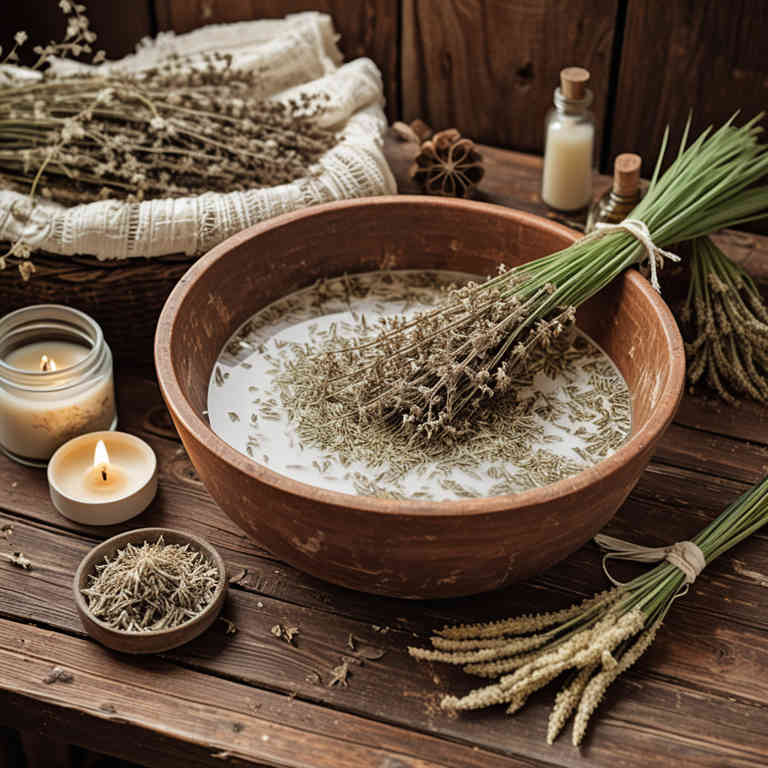
Plantago major, commonly known as broadleaf plantain, has been traditionally used for its soothing properties, making it a valuable herb for herbal baths, especially when dealing with bee stings.
The leaves of this plant contain mucilage, which helps to reduce inflammation and irritation, providing relief from the pain and swelling associated with bee stings. To prepare a herbal bath, fresh or dried plantain leaves can be steeped in warm water to create a soothing solution for soaking. This natural remedy is often preferred for its gentle and calming effects on the skin, offering a natural alternative to commercial treatments.
Incorporating plantago major into a bath not only promotes healing but also encourages relaxation, making it a holistic approach to managing bee sting discomfort.
10. Symphytum officinale

Symphytum officinale, also known as comfrey, has been traditionally used in herbal baths to alleviate the symptoms of bee stings due to its anti-inflammatory and soothing properties.
When prepared as a bath, comfrey can help reduce swelling, redness, and irritation caused by the venom from a bee sting. The herb contains allantoin, which promotes skin healing and can ease discomfort. To use it, a fresh comfrey leaf or a prepared herbal infusion can be added to warm water for a soaking session.
However, it is important to note that comfrey should be used with caution, as prolonged internal use may pose health risks, though topical application in baths is generally considered safer.